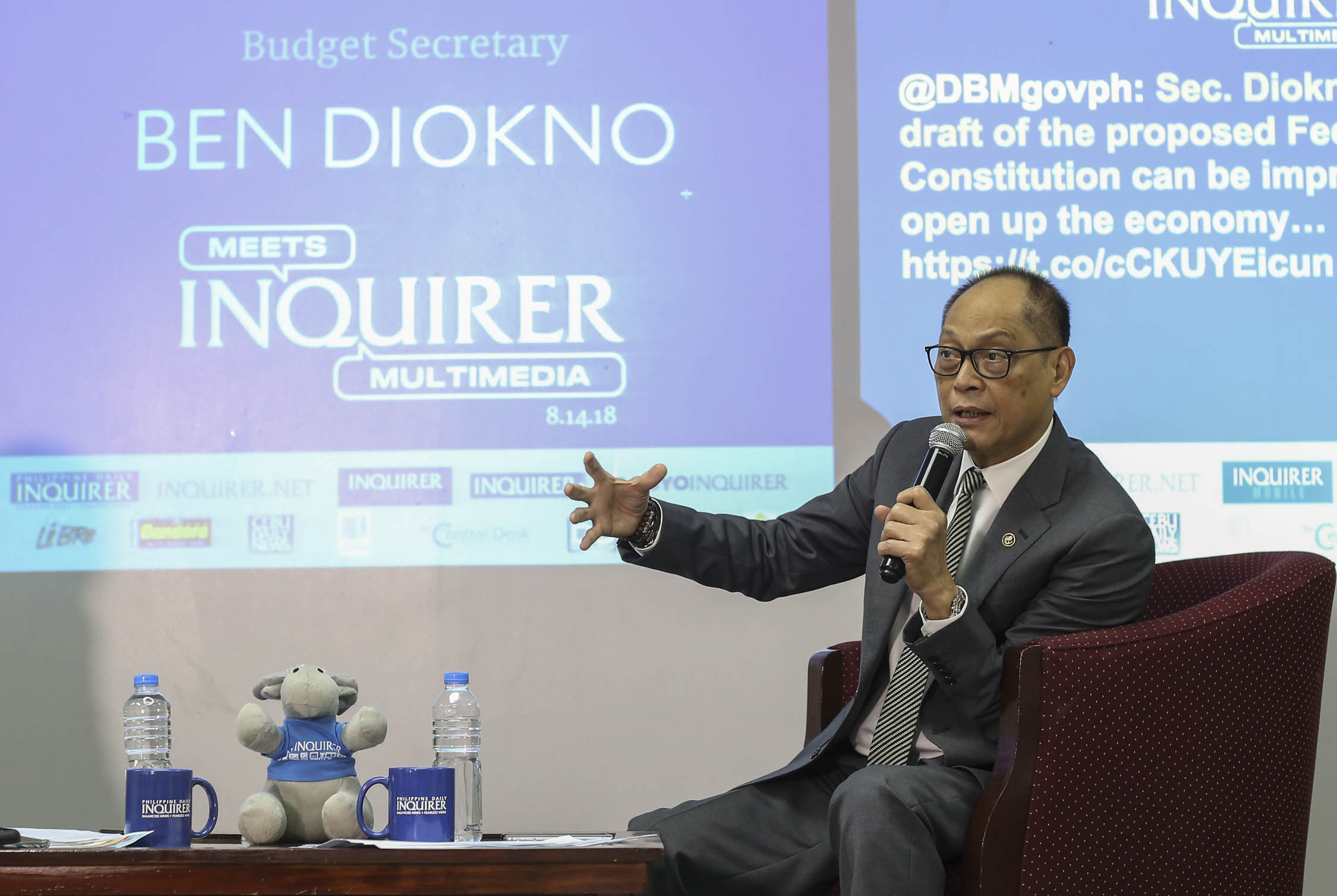Foreign direct investments (FDI) to the Philippines would likely exceed the record $10 billion posted in 2017, partly as the recent issuance of the 11th Foreign Investment Negative List (FINL) is expected to entice more capital from overseas in sectors previously limited to local investors, Budget Secretary Benjamin Diokno said.
Diokno told reporters Wednesday that during his attendance at the 2018 World Investment Forum in Geneva, Switzerland, last week, economic officials from around the globe noted that global FDIs have been declining.
“They were pleasantly surprised that while the whole world is declining, ours has increased,” Diokno said.
As of end-July, inflows of job-generating FDIs jumped 52.1 percent year-on-year to $6.7 billion, the latest Bangko Sentral ng Pilipinas data showed.
The climb in FDIs during the first seven months came on the back of the expansion in net equity capital investments by over five times to $1.8 billion while gross equity capital placements increased by nearly three times to $2 billion.
“We’re optimistic that FDIs [this year] will be much higher than the $10 billion last year,” Diokno said.
Diokno noted that the manufacturing, real estate and retail trade industries enjoyed the biggest increases in FDI inflows.
The budget chief was optimistic that with the issuance of the latest FINL, coupled with pending bills in Congress aimed at redefining “public service,” these moves “will boost FDIs in the country.”
The 11th FINL contained in Executive Order No. 65 issued by President Duterte on Oct. 29 allowed up to 100-percent foreign participation in the following sectors: internet businesses, teaching at higher education levels provided the subject being taught is not a professional subject or included in a government board or bar examination, training centers that are engaged in short-term high level skills development that do not form part of the formal education system, adjustment companies, lending companies, financing companies and investment houses, as well as wellness centers.
EO 65 also increased to 40 percent the participation of foreigners in the construction and repair of locally funded public works as well as private radio communications networks from 25 percent and 20 percent, respectively, previously.
Every two years, the government releases the FINL, which lists down sectors where foreign investors have only limited participation.
The 11th FINL should have been released last year, but was delayed.


